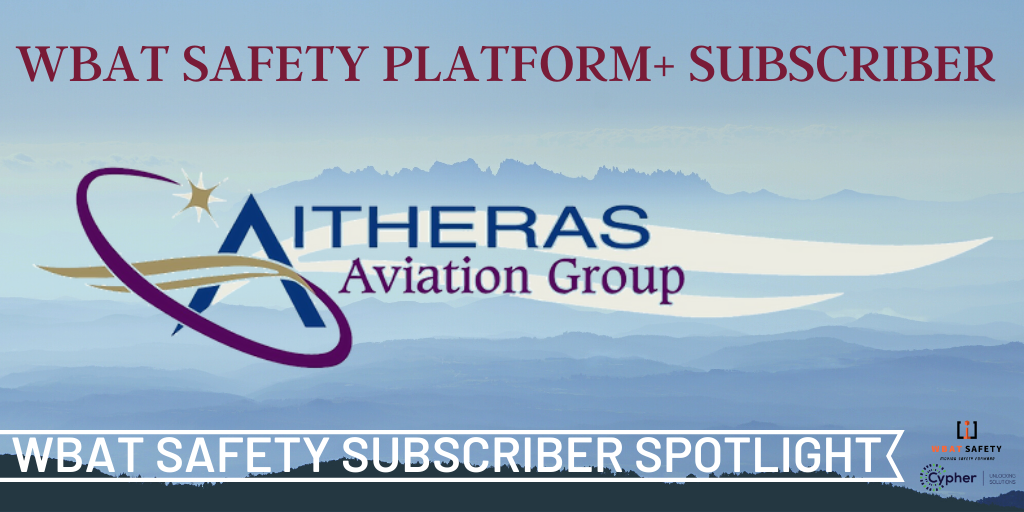
Home /Subscriber Spotlight: Aitheras Aviation Group
Subscriber Spotlight: Aitheras Aviation Group

WBAT Safety’s Subscriber Spotlight series highlights different subscribers of the WBAT platform. The series aims to recognize our various valuable subscribers and the different ways the WBAT platform is used.
About the author
WBAT Safety
